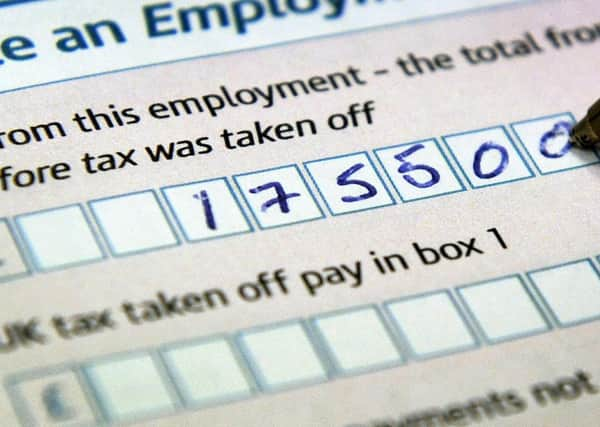Self-employed workers living in Peterborough are worse off due to Covid-19 say latest figures


According to new figures from the Association of Independent Professionals and the Self-Employed, annual earnings for the self-employed in the city are over £5,000 less than employed workers.
The organisation says a lack of support during the coronavirus crisis has been “devastating” for self-employed people, after they were left waiting three months for government grants.
Advertisement
Hide AdAdvertisement
Hide AdThe latest HMRC figures for the 2017-18 tax year show the median income for a self-employed worker in Peterborough was £15,100.
The median is a measure of the average which takes the middle of a range of figures, to exclude very low or high earners.
For employed workers, the median income was £20,400 – £5,300, or 35 per cent, more.
The figures mean that Peterborough’s self-employed earn slightly less than the average across the East of England, of £15,400.
Advertisement
Hide AdAdvertisement
Hide AdAcross the UK, self-employed people took home an average of £14,600 in 2017-18 – £8,500 less than the £23,100 that employees earned.
Under a government scheme announced in March to support the self-employed through the coronavirus crisis, those earning less than £50,000 per year could claim 80 per cent of their monthly profits, up to a maximum of £2,500 per month.
Three months’ worth of earnings were paid out in one lump sum – but workers had to wait until June for the payment.
An Institute of Fiscal Studies report found more than a quarter of self-employed people earning less than £50,000 would not have had enough savings and other liquid assets to cover three months of lost earnings – even if they had a partner who was also earning.
Advertisement
Hide AdAdvertisement
Hide AdAndy Chamberlain, director of policy at the Association of Independent Professionals and the Self-Employed, said their research showed around three-quarters of self-employed people had seen their income drop during the crisis, with an average loss of 76 per cent.
He said: “The self-employed are a hugely diverse group – in terms of both their incomes and their ways of working.
“This diversity has been largely overlooked in the provision of support during the coronavirus crisis, leading to a one-size-fits-all system that has allowed far too many people to fall through the gaps.
“The lack of support has been devastating for them.”
Newly self-employed people, freelancers who work through limited companies, and those who do a mix of employed and freelance work were particularly badly affected, he added.
Advertisement
Hide AdAdvertisement
Hide AdThe Trades Union Congress has raised concerns about low wages for the self-employed, arguing some gig economy companies are using self-employment to get around paying the minimum wage to workers.
General secretary Frances O’Grady said: “While there are many who are happily self-employed, there are too many workers who have been forced into sham self-employment in the gig economy.
“During this pandemic we have relied on many of those who are told by their employers that they are self-employed — like the couriers delivering parcels, and the riders delivering takeaway food — who do not have proper workers’ rights.
“Companies must not be allowed to dodge their obligations, like paying the minimum wage and guaranteeing their workers the rights they deserve.”
Advertisement
Hide AdAdvertisement
Hide AdA spokesman for the Treasury said the self-employment income support scheme is one of the most generous in the world, and had paid out £7.7 billion to 2.6 million people as of June 28.
He added: “As the economy re-opens, we will continue to look at how to adjust our support in a way that ensures people can get back to work, protecting both the UK economy and the livelihoods of people across the country.”